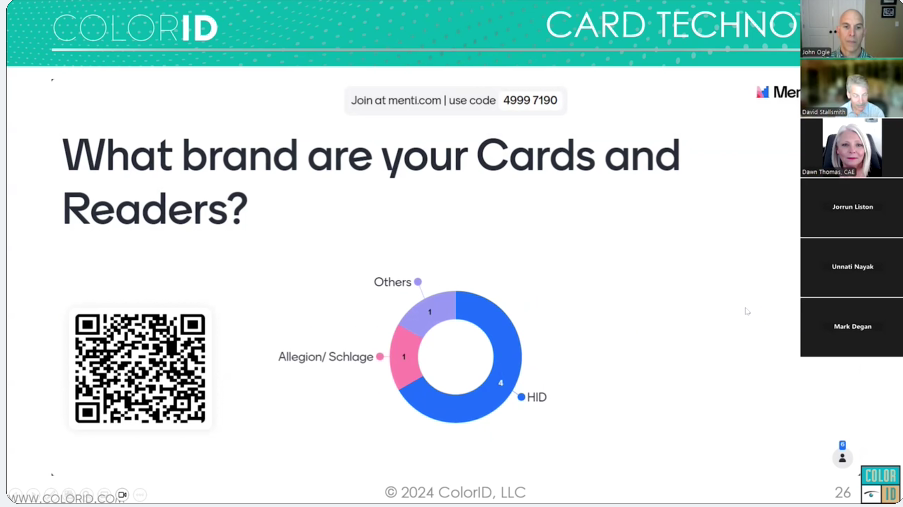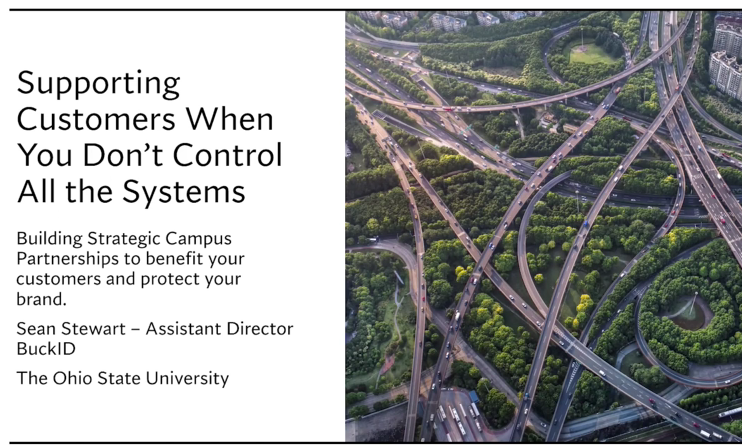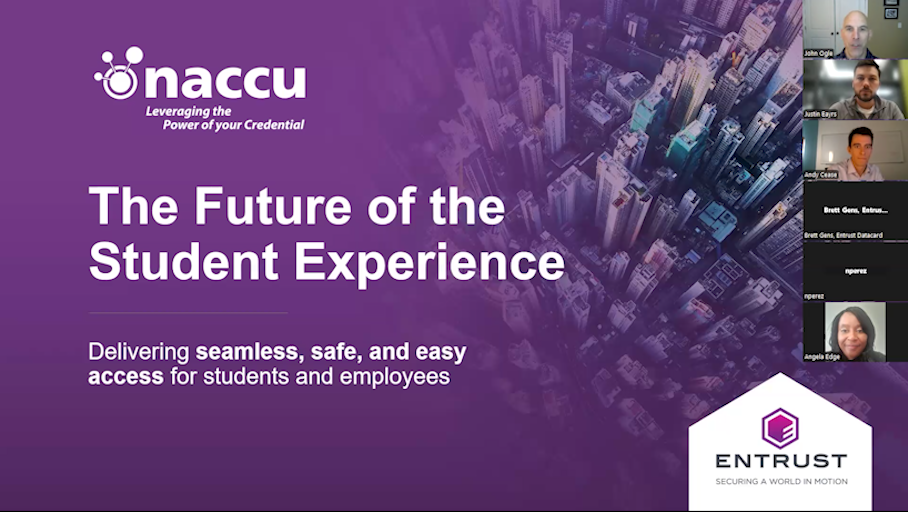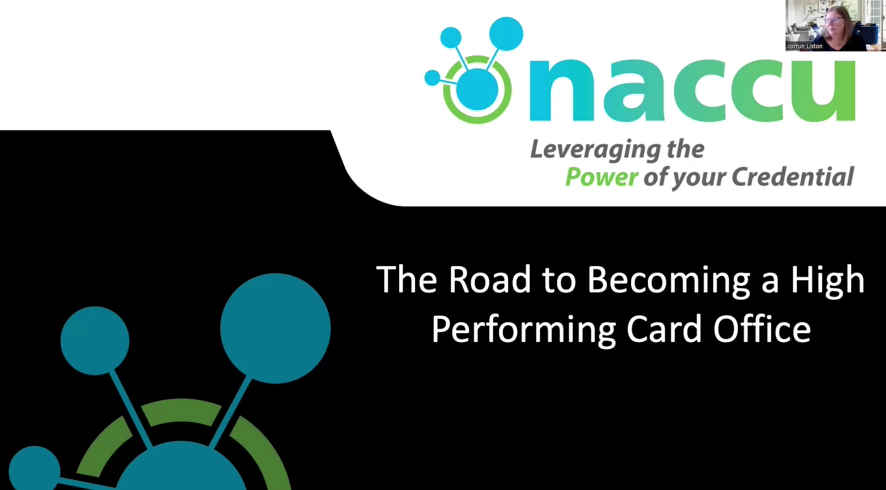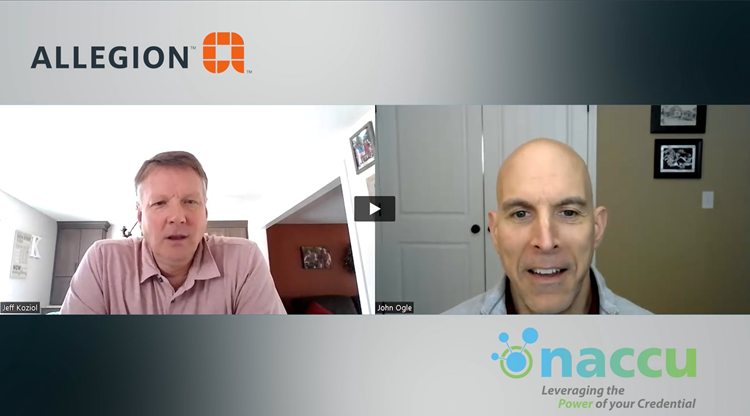Join David Stallsmith, Director of Product Management at ColorID, as he explores key products and solutions used in campus card offices related to ID badge printer, physical and mobile credentials, and ID badge software.
Continue readingSupporting Customers When You Don’t Support All The Systems
When the card office is the first point of contact for people experiencing difficulties using their card in systems not under your control, how can you develop partnerships and strategies to bridge the gap and save the day?
Continue readingUniversity of Central Missouri Card Office Overview
Enjoy a card office overview from the University of Central Missouri!
Continue readingIs Leadership Change the Time to Reimagine Your Card Office? Pt 2
The impending retirement of a long-standing Director has led Temple University to re-imagine what the future of the card Office should look like. This is an update (with quick review) of a discussion begun last year. You do not need to have seen Part 1. We are looking at stored value, door access and card production (in the age of mobile) and what the future holds. Watch this session to see what Temple University is doing with the future of their card office.
Continue readingThe Future of Student Experience is Here – Secure, Seamless, Hybrid
Are you ready to create a revolutionary student journey that prioritizes convenience, security, and seamless campus experiences? Watch our exclusive webinar to unveil a first-of-its-kind solution that seamlessly blends the best of mobile and physical credentials.
Continue readingFrom One Card to No Card: The Future of the Campus Credential
Authentication and access have come a long way for campus services. Where we once issued multiple physical credentials from a range of disparate systems, we can now issue a single card, or even a single app. But technology has advanced far beyond what most campuses are doing today – and the transition to a cardless future might be closer than you think. Join us as we discuss what the future can look like with the introduction of anonymous biometrics. You’ll walk away with new ideas about what’s possible for creating secure, private, and integrated credentials on campus.
Continue readingUnlocking Innovation: Mobile Access Evolution on Campus
Join HID for an update on the evolving landscape of mobile credentials on the higher education campus. We’ll explore why mobile credentials are continuing to be a top trend in the higher ed space.
Our session will also recap the 2024 NACCU HID session, “The Voices that Matter – Students Speak on Mobile Credentials”. The input from students on mobile access technology gives a unique perspective to security and facility managers from the actual users on the ground.
Continue readingDining and Retail Technology to Support the Student One Card Experience
Join Jamie Hodgson, Vice President of Sales with Agilysys, to learn how dining and retail technology can support the student one card experience!
Continue readingThe Road to Becoming a High Performing Card Office
The NACCU Standards and Guidelines (SAGs) program provides a roadmap toward becoming a High Performing Card Office based on our industry’s professional standards. The SAGs self-evaluation program results can be used to guide strategic plans, highlight opportunities and strengths, and identify weaknesses and areas that need development. The SAGs evaluation tool provides for a consistent process which can be replicated to ensure that the assessment cycle continue.
Join the SAGs faculty to learn more about the Standards and Guidelines program, how SAGs can help your program, and how you can get started.
Continue readingBut What About the Keys?…An Interview with Allegion
John Ogle, NACCU Membership and Engagement Director, interviews Jeff Koziol, Business Development Manager – PACS Partners at Allegion. In this interview, they discuss Allegion’s session at the upcoming NACCU 2024 Annual Conference and the ways that Allegion is ensuring their platforms are interoperable.
Continue reading
